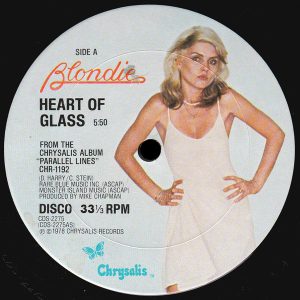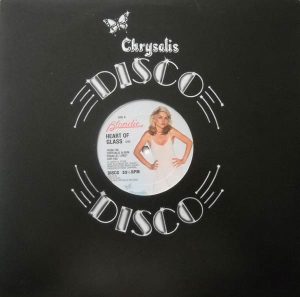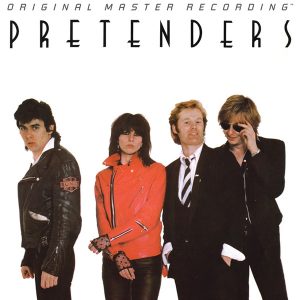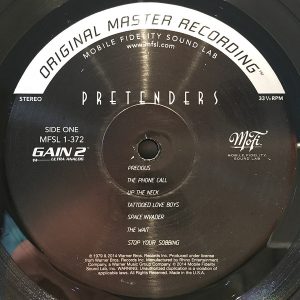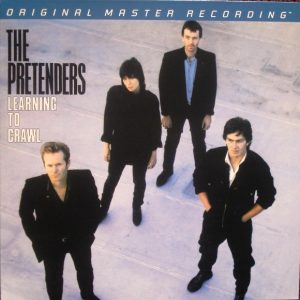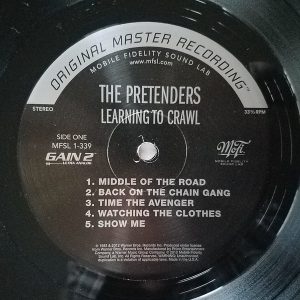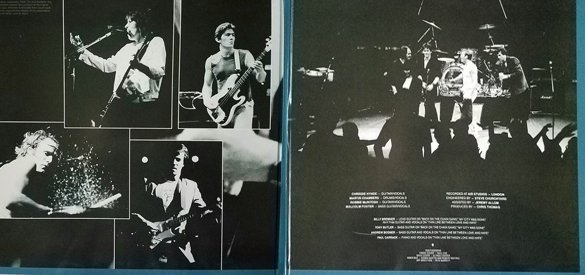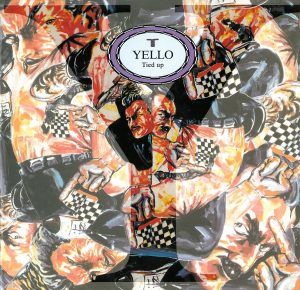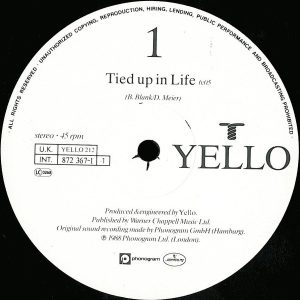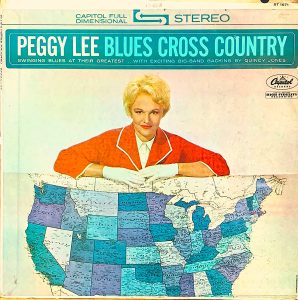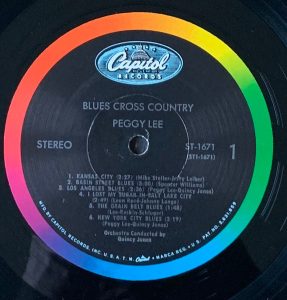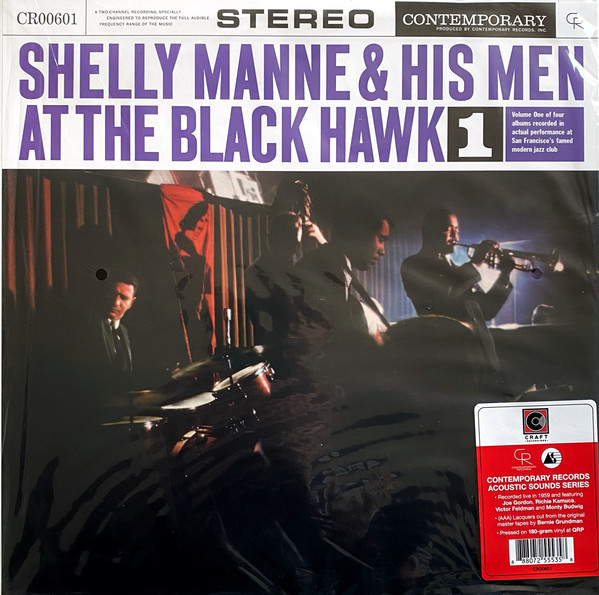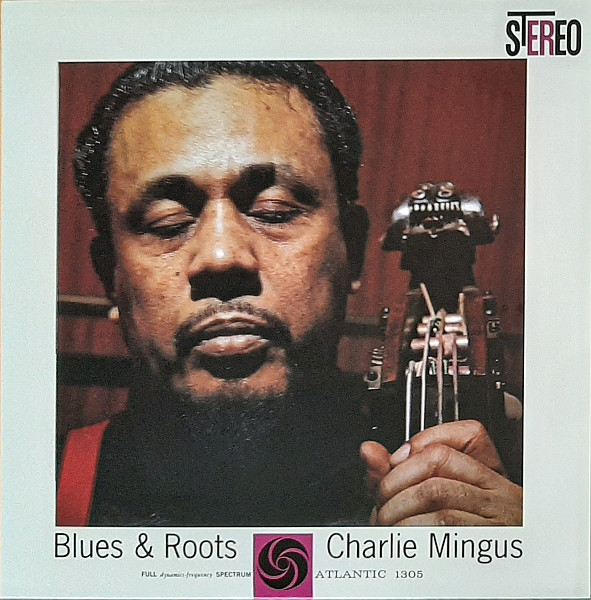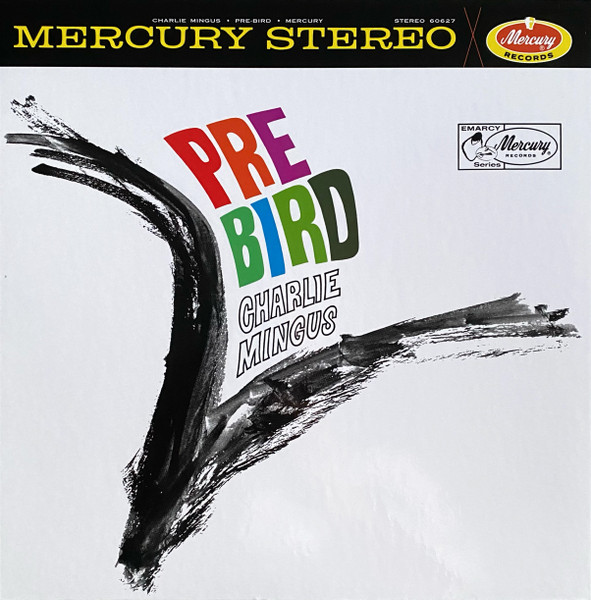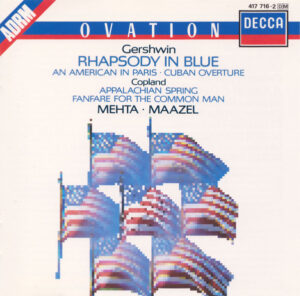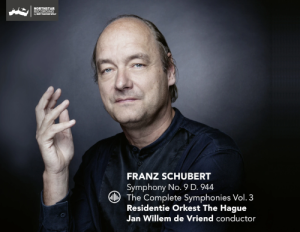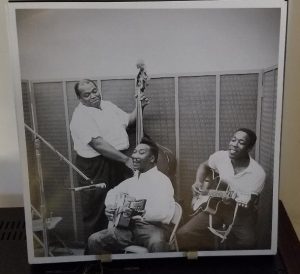This is an ongoing project by Claude Lemaire of Soundevaluations
216. Blondie, "Heart of Glass"/ "Heart of Glass (instrumental)." Chrysalis – CDS-2275 (1978), 12", 33 1/3 rpm. Genre: disco, electro disco, new wave, pop rock.
The five-member band fronted by singer Debbie Harry hailed from New York City. Along with Ramones, Television, and Talking Heads, they took part in the nascent New York new wave punk scene centered around club CBGB. The band's debut single "X-Offender" in June 1976, tinged with early-1960s style, did not chart. The breakthrough came in September 1978 with Parallel Lines—their third album, and first produced by Mike Chapman—which featured the huge hit single "Heart of Glass." Originally composed in 1975 and titled "Once I Had a Love," even at that early stage, the lyrics were complete. The first demo version was arranged in a slower soulful funky disco track resembling George McCrae's 1974 hit "Rock Your Baby" with a touch of reggae snippet added to it. A second demo version from 1978 shows a faster more pop feel approaching the final version we all know. The latter was a hybrid between new wave, pop rock, and electro disco—influenced by Donna Summer and Giorgio's 1977 landmark "I Feel Love" (Casablanca NBD 20104) which Harry liked and performed live in May 1978. That same month The Rolling Stones released "Miss You" (Rolling Stones Records DK 4609), which was the song that started the trend of combining rock and disco elements together. Rod Stewart would follow their lead with "Da Ya Think I'm Sexy?" (Riva SAM 92 or Warner Bros. WBSD 8727) in November, then Donna Summer with "Hot Stuff" (Casablanca NBD 20159 DJ or NBD 20167) in April 1979, and finally Kiss with "I Was Made for Loving You" (Casablanca NBD 20169) a month later. "Heart of Glass" featured electronic percussive tracks built by the newly-introduced Roland CR-78 drum machine in parallel with Clem Burke playing Premier acoustic drums. Several Neumann mics captured the drumset while Shure SM57 and AKG 414 were used for Frank Infante's Les Paul guitar. The twelve-inch version is the one worth getting for its longer duration and much superior sound than the LP. Side B has an interesting instrumental version. The sound has impressive weight in the kick and lows as well as a wide soundstage, and an excellent tonal balance and instrument mix. Engineers Pete Coleman assisted by Grey Russell recorded it at Record Plant in New York City in June 1978. It was mastered by Steve Hall at MCA Whitney Recording Studios in Glendale, California.
217. The Pretenders, Pretenders. Real Records – RAL 3 (UK) (1980), MoFi MFSL 1-372 (2016), 33 1/3 rpm. Genre: punk rock, pop punk, new wave, jangle pop, rock and roll, country and western, reggae rock, dub, pop.
While singer and founder Chrissie Hynde came from Ohio, the quartet formed in Hereford, England in spring 1978. Their first single, "Stop Your Sobbing" in January 1979, was a cover of a 1964 hit by The Kinks. "Kid" and "Brass in Pocket" would follow as the year progressed, leading to their self-titled debut album in January 1980. The aforementioned Blondie seemed to serve as a source of inspiration—both bands featuring strong female singers leading an all male guitar-driven group, drawing influences from the punk rock ethos. And the punk attitude or energy does predominate side A of the album; the rather raw and rough sound with the mids slightly forward commensurate with the unvarnished genre. On the other hand, Side B is much more polished in sound reflecting the more refined compositions, and presenting a different perspective of the band. "Kid" is a good example of the latter, where the jangly and strumming guitar, plus floor tom beats, compliment Chrissie's confident melodic vocals, giving it a country and western twang/rock and roll vibe. The tonal balance is more full range and warmer. "Private Life" differentiates itself by incorporating dub reggae rhythms and stylings. Her voice is very close, intimate, and naturally rendered. The roundish bouncy bass goes deep contrasting the clear guitar, not unlike The Police on their first albums. At six and a half minutes, it is the longest song as well as the best sounding of the twelve tracks, making it my de facto demo favorite of the LP. "Brass in the Pocket" was the track that got the most airplay and video views when the latter were just starting to rival radio for fan attention. Engineers Bill Price and Mike Stavrou recorded and mixed them at Wessex Sound and Air Studios in London, England. Original lacquers were cut by Tim Tom aka Tim Young at CBS Studios, London. I don't have the original UK pressing but do have the MoFi remastered and cut by Krieg Wunderlich and assisted by Rob LoVerde, and pressed at RTI in California. The source for the transfer was the 1/4" / 15 IPS analog master converted to DSD 256, from which my sonic description is based. It is presented in a gatefold cover with B&W photos of the musicians inside.
218. The Pretenders, Learning to Crawl. Real Records – WX 2 (UK) (1984), MoFi MFSL 1-339 (2012), 33 1/3 rpm. Genre: new wave, power pop, jangle pop, country and western, rock and roll, alternative rock, rockabilly, dance rock.
They say third time's the charm, providing Pretenders their highest-charting album boasting three great singles. The title refers to Chrissie Hynde's infant daughter then learning to crawl, but by 1984 the band was already up and running. "Middle of the Road" makes a strong start channeling the charmful energy of The B-52's "Private Idaho" (MOFI 1-014)—the song sounding more new wave than those found on their debut LP. "Back on the Chain Gang" changes gear, travelling towards a slower lane. The intro has that twangy guitar country vibe while the lyrics reflect on the death (from a drug overdose) of guitarist James Honeyman-Scott. The chain-gang chant—"ooh ah"—and "metal clanks" mirror those originally found on Sam Cook's 1960 classic "Chain Gang". "Show Me" closes side A; its melody making it one of my favorites of the album. Engineers Steve Churchyard and Jeremy Allom recorded them at Air Studios in London, England. I don't have the original UK pressing cut by Tim Young at CBS Studios, London, but do have the MoFi remastered and cut by Krieg Wunderlich, and pressed at RTI in California. The source for the transfer was the 1/2" / 30 IPS analog master direct to lathe. Compared to their debut described above, the sound is quite different, with much more room ambiance, and soundstage depth. The drums seem centered and quite further back but punch just as much if not more, not unlike certain Led Zep albums regarding drum-room ratio. The tonal balance is even with more top end energy, noticeable in the cymbals, general instrument reverberations, and is uniform throughout both sides. Some systems or persons may prefer one presentation over the other. There are sufficient sonics and great songs on each release to recommend both. Also presented in a gatefold cover with B&W photos inside of the band live on stage.
219. Yello, "Tied Up in Life"/"Tied Up in Red"+"Wall Street Bongo." Mercury – YELLO 212, 872 367-1 (UK & Euro) (1988), 12", 45 rpm. Genre: tribal house, latin.
Regardless of what's your favorite color, throughout the 1980s, Yello kept shining a bright light via innovative electronica presented in spectacular sound—this despite the industry moving in the other direction. This twelve-inch single release is extracted from the duo's sixth studio album, Flag, from November 1988. Compared to my two other Yello selections (see 93 and 94 HERE), this one tones down quite a lot its electro-pop heritage in favor for tribal house and its strong emphasis on horns and percussion such as the bongo. Boris Blank composed and arranged the tracks. Swiss guitarist Chico Hablas establishes a clear trebly rhythm pattern. The duo produced and engineered the three tracks. Kevin Metcalfe mastered them with the lacquers cut at The Town House in West London, and pressed by EMI Records, also in London. The sound and soundstage are impressive in size, punch, and speed. Tonal balance is wide and spot on. The crisp percussion is incredibly well recorded and upfront. The vocal style remind me a bit of Nitzer Ebb's 1986 "Let Your Body Learn" (Power of Voice Communications NEB3). Compression is kept at minimum for the genre. Definitely demo-worthy.
220. Peggy Lee, Blues Cross Country. Capitol Records – ST-1671 (1962), 33 1/3 rpm. Genre: vocal jazz, Kansas City jazz, swinging blues, big band.
Depending how one counts, this is approximately Peggy Lee's 25th album–the majority made under the Capitol or Decca banner. Released in March 1962 and arranged by Quincy Jones, Blues Cross Country is a theme concept album travelling through several states singing the blues. There are twelve tracks in total—seven of which she co-wrote. Highlights for me are the opening Leiber and Stoller rhythm and blues standard "Kansas City" that sounds just like your typical Basie bounce, the slow melancholic "Basin Street Blues," and the sultry "Goin' to Chicago Blues." Among the forty plus musicians under Jones' direction, are renowned soloists Benny Carter, Jack Sheldon, and drummer Stan Levey; the songs alternating between swinging and slower blues numbers. Pressed by Capitol Records Pressing Plant, Scranton, in Pennsylvania, there are no engineering credits. The sound is well balanced with excellent stereo spread of the instruments. The bass completely on the left of stage has good articulation allowing the blues "walking" to be easy to follow while the piano in the opposite channel has nice definition and presence. Peggy Lee's vocals are naturally situated center stage. The multiple diversified brass section has good crunch plus that rich Capitol Full Dimensional Stereo sound. The drum and cymbals has good top end extension. I would prefer a touch less reverberation in the mix, but the clarity and dynamics of the recording remain impressive.
For more from Claude Lemaire go to his blog...
http://soundevaluations.blogspot.ca/




